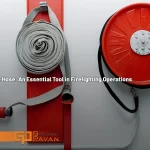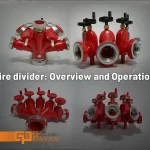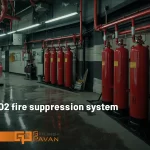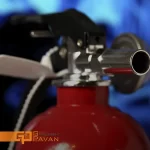In firefighting, the efficiency and reliability of equipment are of paramount importance, and the fire hose plays a crucial role in this regard. By using an appropriate fire hose, water resources can be effectively utilized, and the spread of fire can be prevented.
Types of a fire hose
a fire hose comes in various sizes and shapes, meticulously designed to meet different firefighting needs. Understanding the differences between various types of hoses and selecting the appropriate fire hose is vital:
- 22mm Hose: A small but versatile option, suitable for confined spaces due to its 18.3-meter length and bright yellow color for better visibility.
- 45mm Hose: The standard choice for household fires, with a length of 23 meters. Often red, but switching to yellow hoses makes them more visible.
- 70mm Hose: Designed for scenarios requiring rapid delivery of large volumes of water, though heavier and less flexible. Switching to yellow hoses increases visibility.
- 70mm Long Hose: Extending to 30 meters, it is commonly used at heights, allowing water to reach elevated positions.
- 12mm Hose: This narrow hose has a nozzle at the end that sprays water in all directions, helping to extinguish chimney fires.

Single-Layer vs. Double-Layer Hoses
Firefighting organizations worldwide face the choice between single-layer and double-layer hoses. While both contain a rubber layer for internal reinforcement, double-layer hoses offer higher resistance to pressure and durability, making them a better choice for challenging firefighting conditions.
Material Composition and Connection Considerations
The composition of a fire hose as operational tools focuses more on performance, longevity, and compatibility. Brass and aluminum connections, for example, offer different advantages based on usage, with aluminum being preferred in most firefighting environments due to its lightweight and rust-resistant properties.
Furthermore, the choice between NH/NST and NPSH thread types determines compatibility and operational efficiency, highlighting the importance of standardized equipment across firefighting organizations, especially concerning fire hoses.
The Role of a fire hose in Firefighting
In firefighting, a fire hose plays a critical role in the swift and effective extinguishing of fires. From the bustling streets of crowded cities to the wide-open spaces of rural areas, fire hoses are employed in the effort to manage and control challenging fires. By understanding the details of selecting, producing, and using fire hoses, firefighters can leverage the full potential of these essential tools, ensuring they can combat fires more efficiently and effectively.
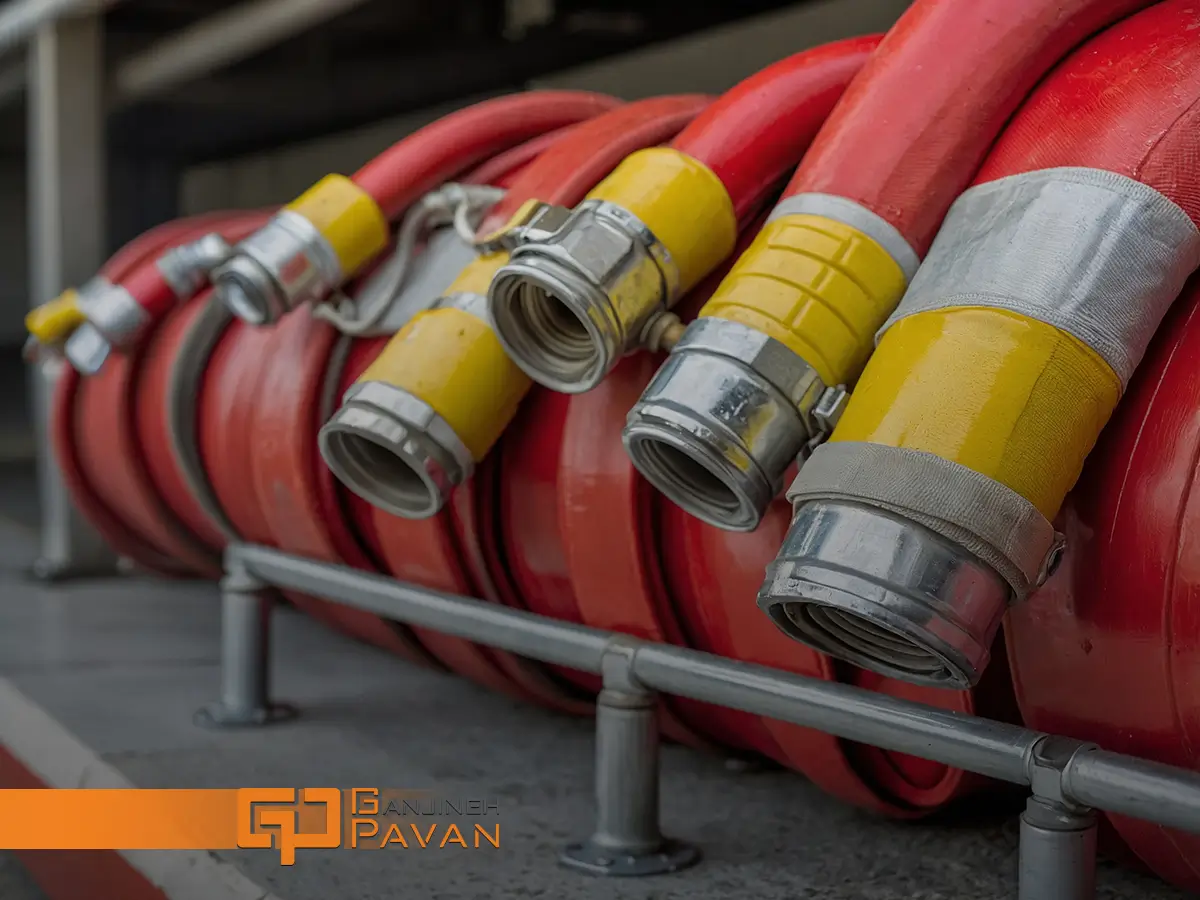
Conclusion
The fire hose is one of the key tools in firefighting equipment, playing a crucial role in combating fires. Selecting the correct fire hose based on specific needs and operational environments can significantly enhance the efficiency of firefighting operations. Additionally, attention to details such as material composition and connection types can improve the performance and durability of these tools. Ultimately, with proper use and maintenance of fire hoses, safety can be improved, and fire-related damages can be minimized.


